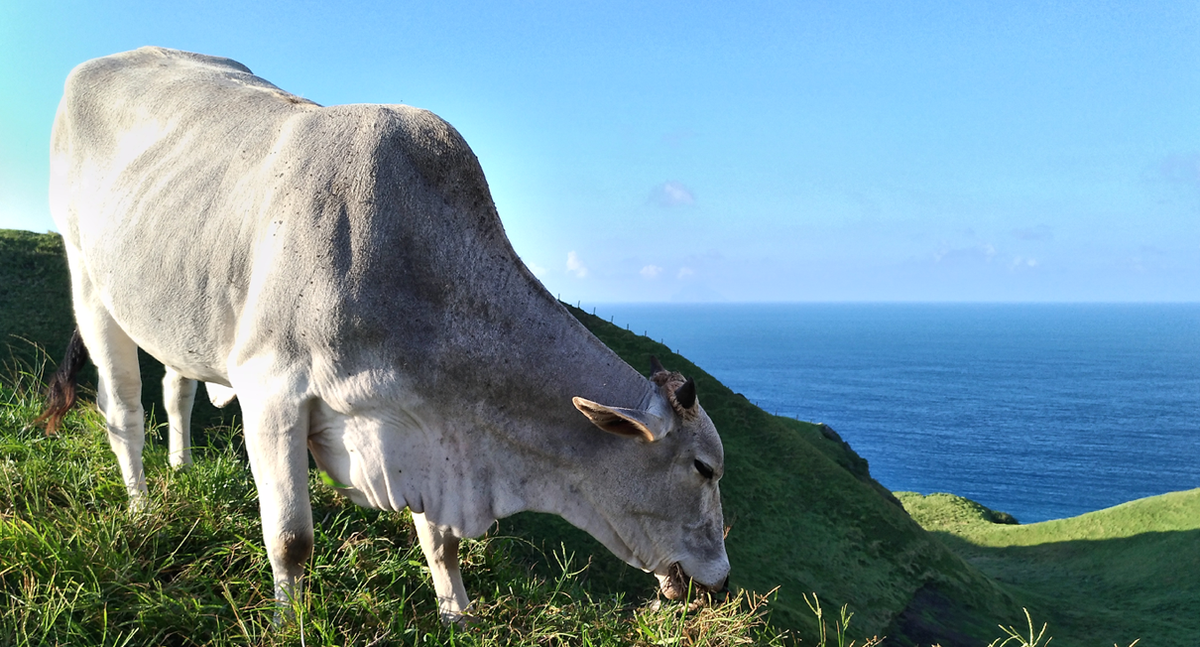Last week, Asus Philippines took us way up north to Batanes in a four-day, three-night trip accompanied by no other than the company’s latest devices, including the ZenFone 3, ZenFone 3 Deluxe, ZenFone 3 Ultra, Zenfone 3 Max, Zenfone 3 Laser, Transformer 3 Pro, and the ZenBook.
A vacation wouldn’t be complete without the photos to immortalize everything you did. That’s why photography junkies will appreciate the shooting prowess of the mid-range Zenfone 3 and top-grade Zenfone 3 Deluxe. Both phones ship with the brand’s PixelMaster 3.0 camera that combines hardware and software technologies for Instagrammable shots. The former comes with a 16 MP f/2.0 main camera driven by a Sony IMX298 sensor, 6-element Largan sapphire lens, 0.03 instant autofocus with the TriTech AF system, 4-axis optical image stabilization, color-correcting image sensor, and real-time HDR; while the latter comes with all the above bells and whistles but with a larger 23 MP Sony IMX318 sensor.
Overall, the shots the devices took were detailed and color-accurate—impressive feats at their respective price points. Check out some sample shots from the ZenFone 3 below.

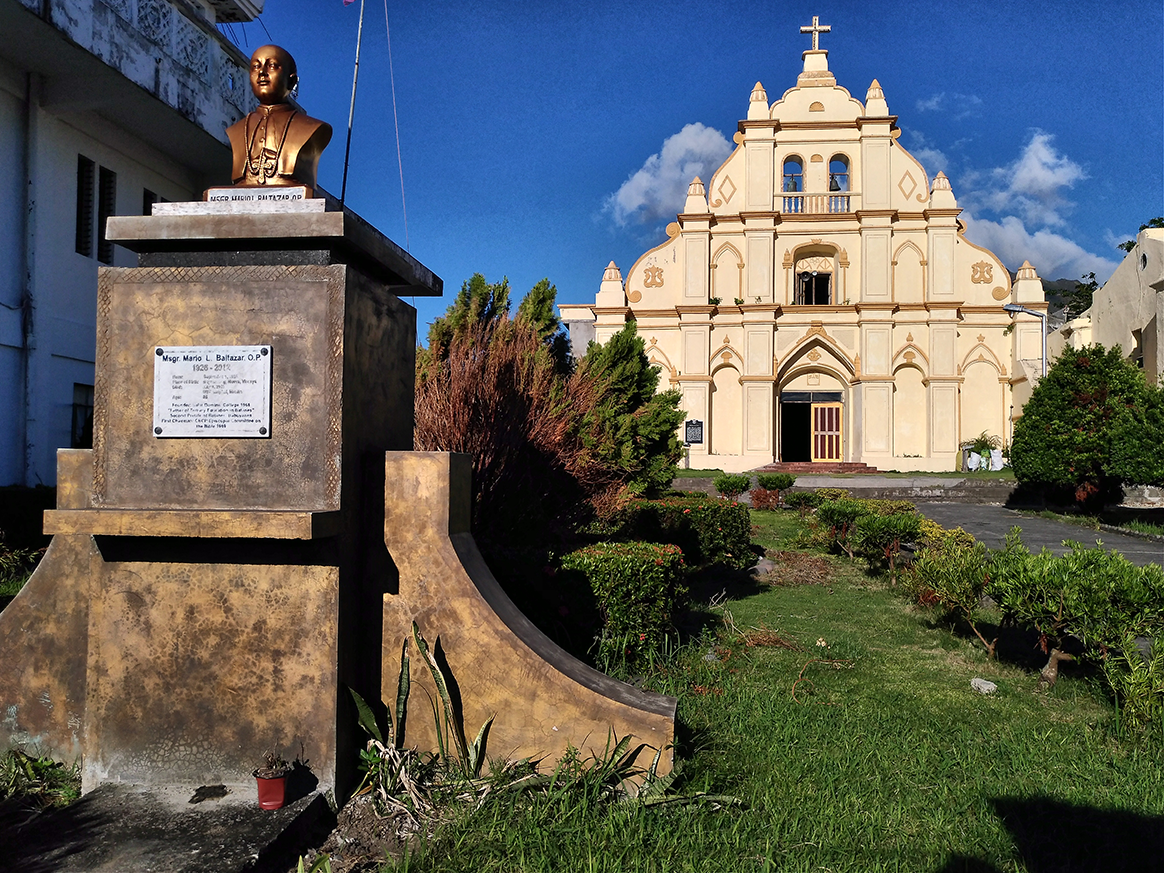
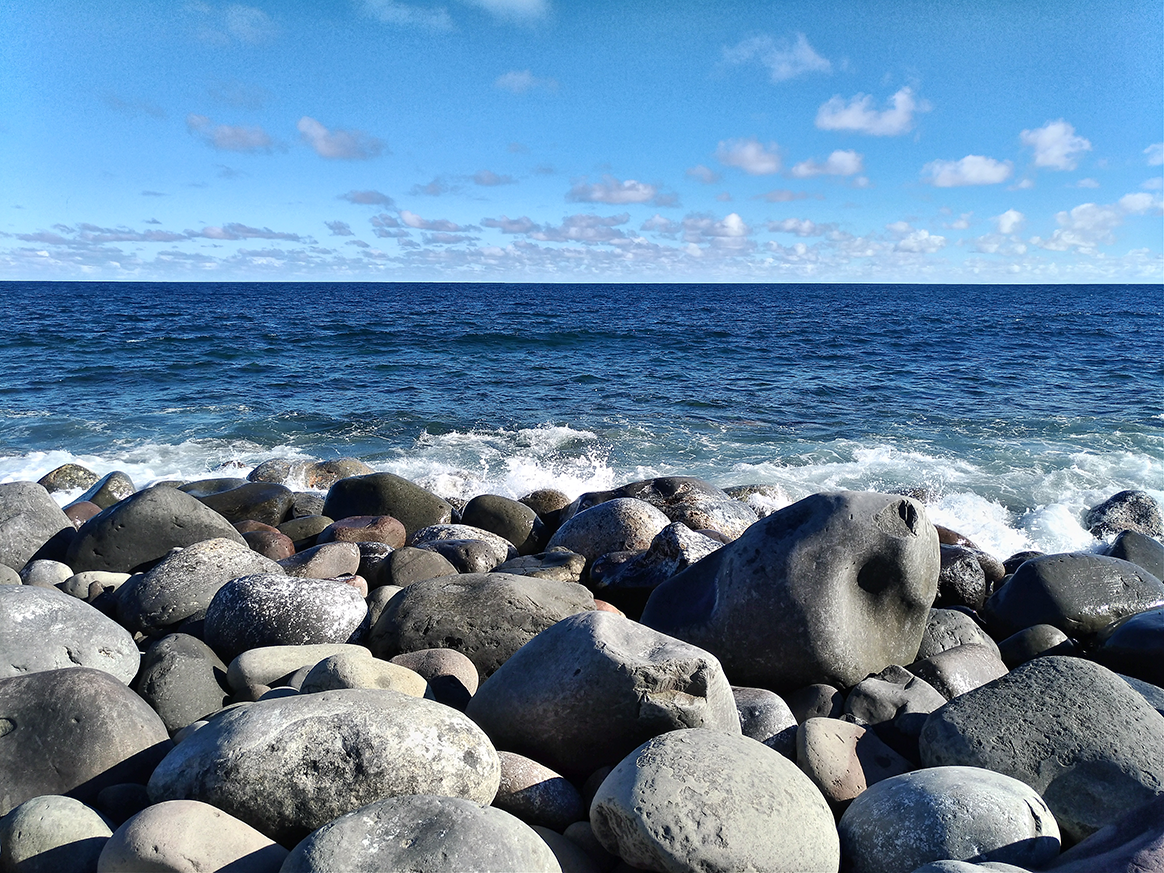
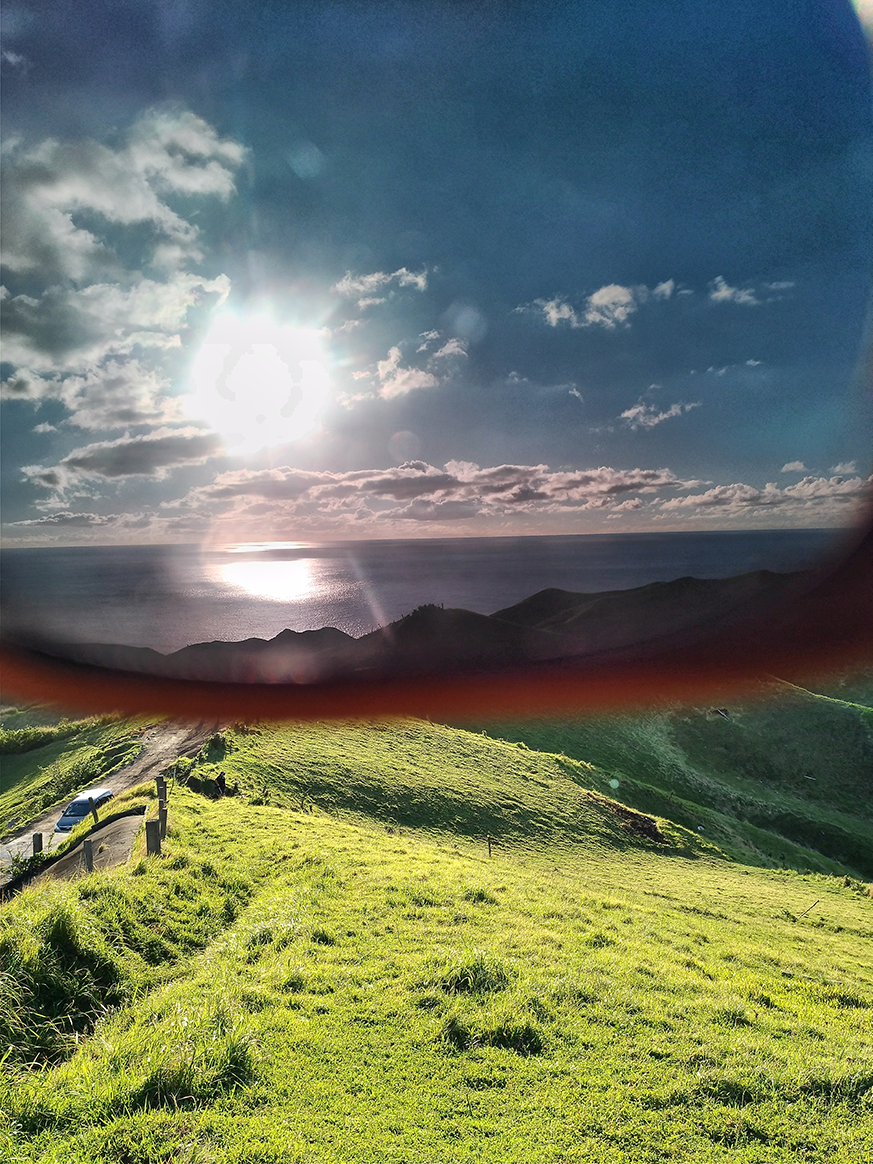
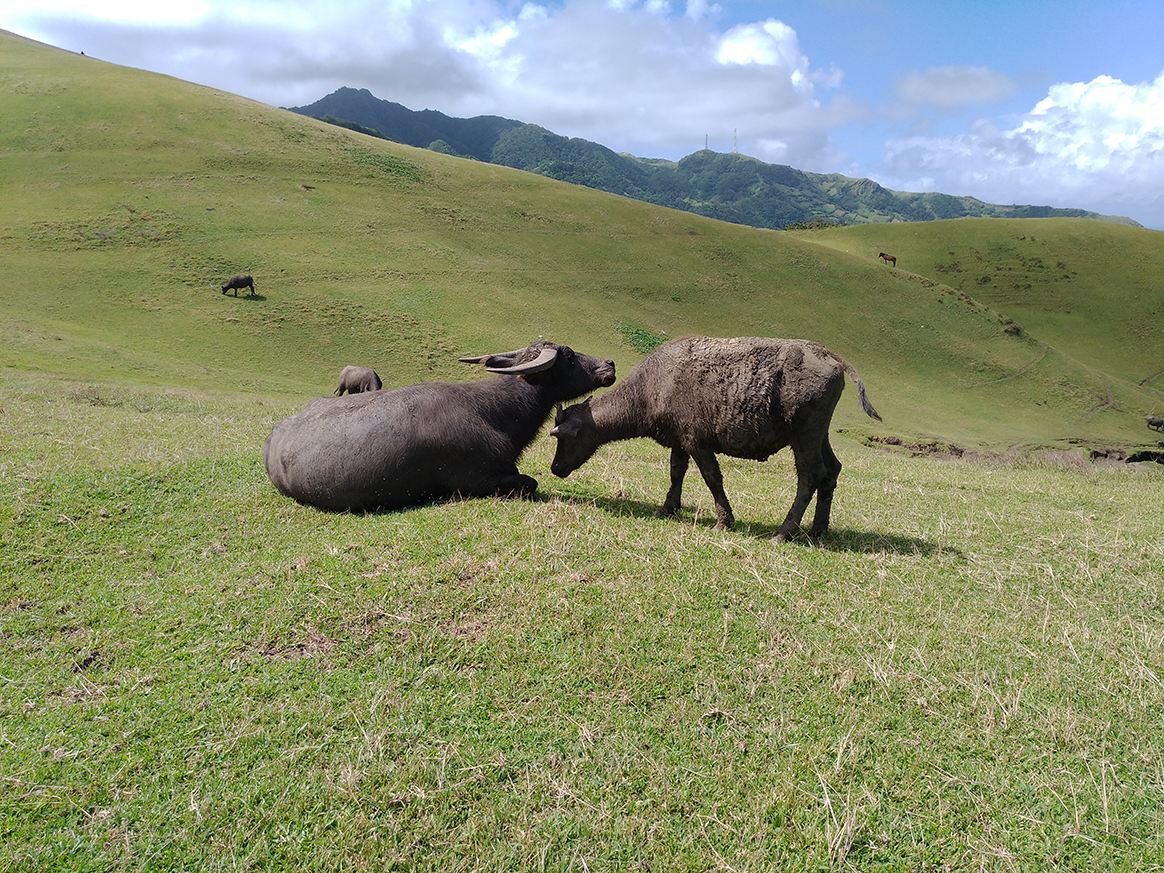

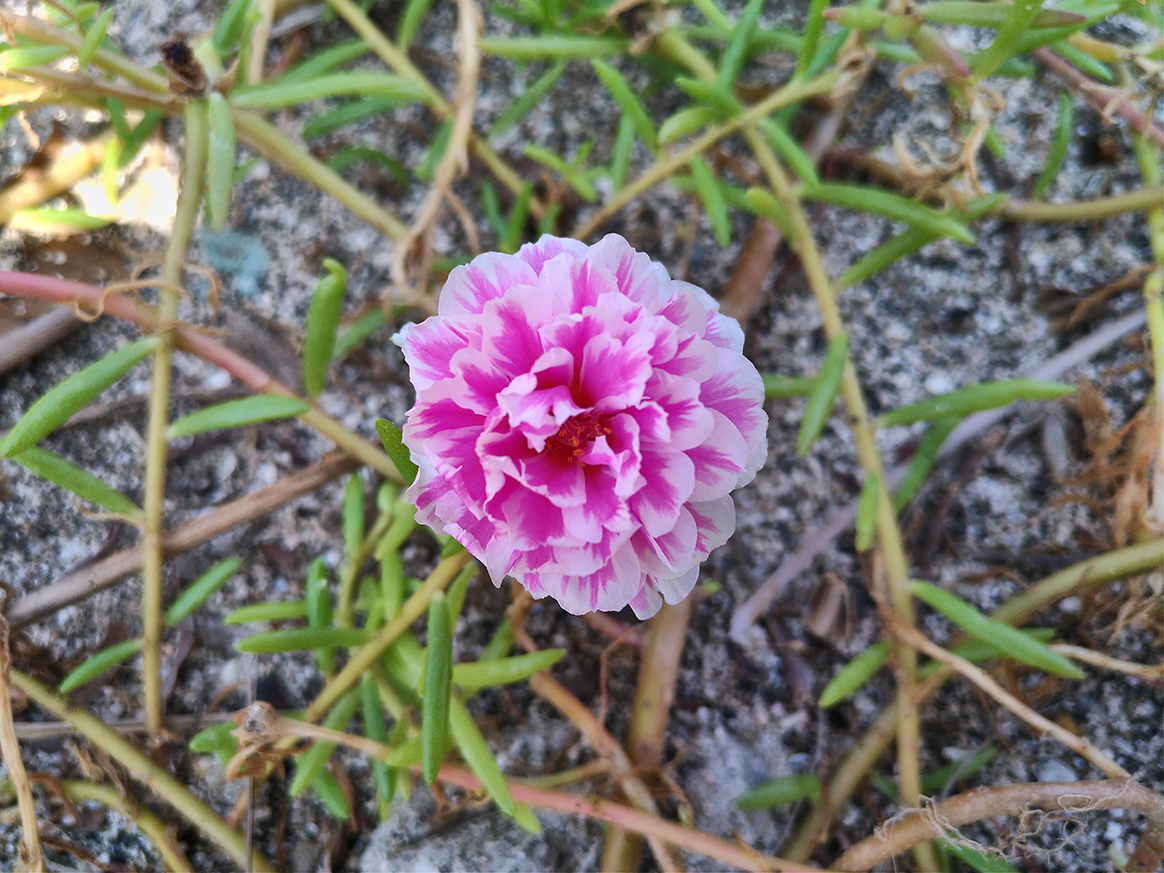
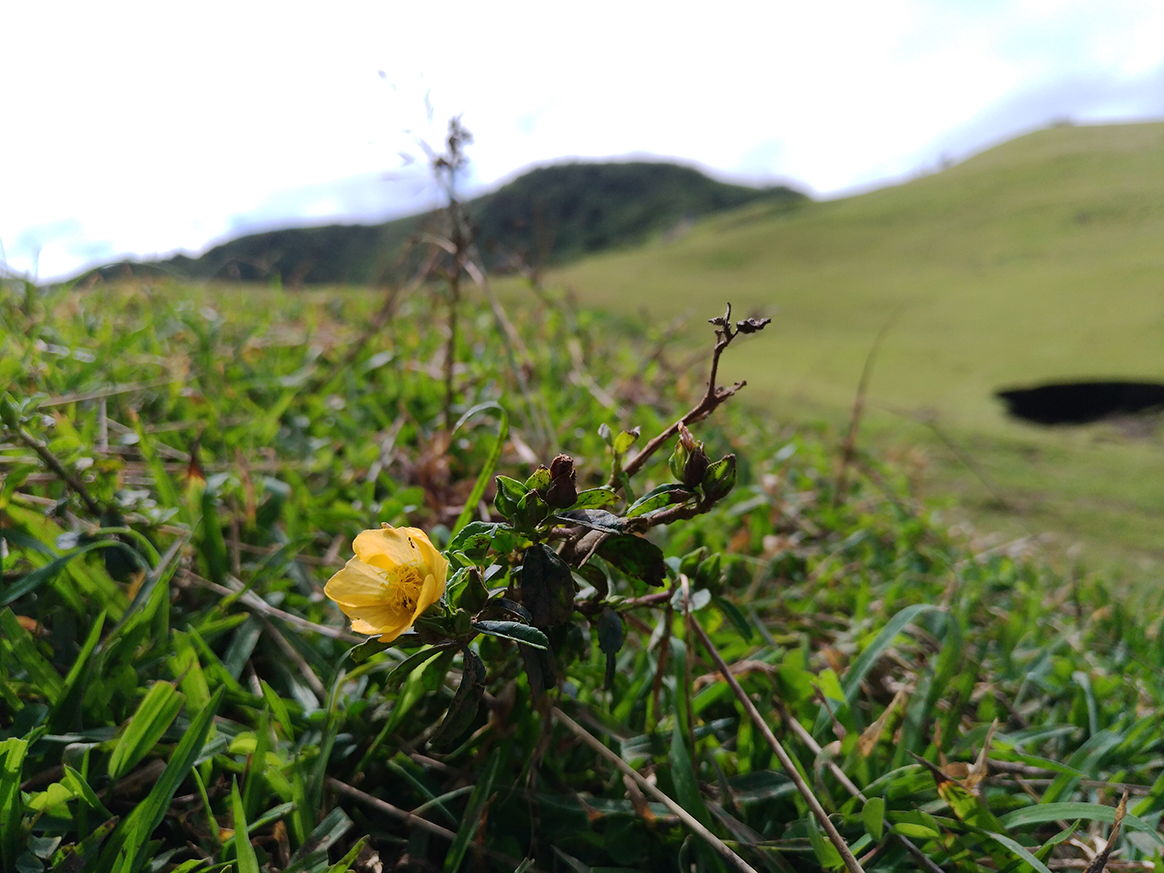
Better yet, the phones’ low light and manual shooting options are robust enough for night time photography, as proven by these shots of a cave tunnel and the Milky Way galaxy during a clear and pitch black night. They’re very ideal for getaways when you can’t be bothered to bring a bulky DSLR or compact camera. Heck, I didn’t even bring one for this Batanes trip.
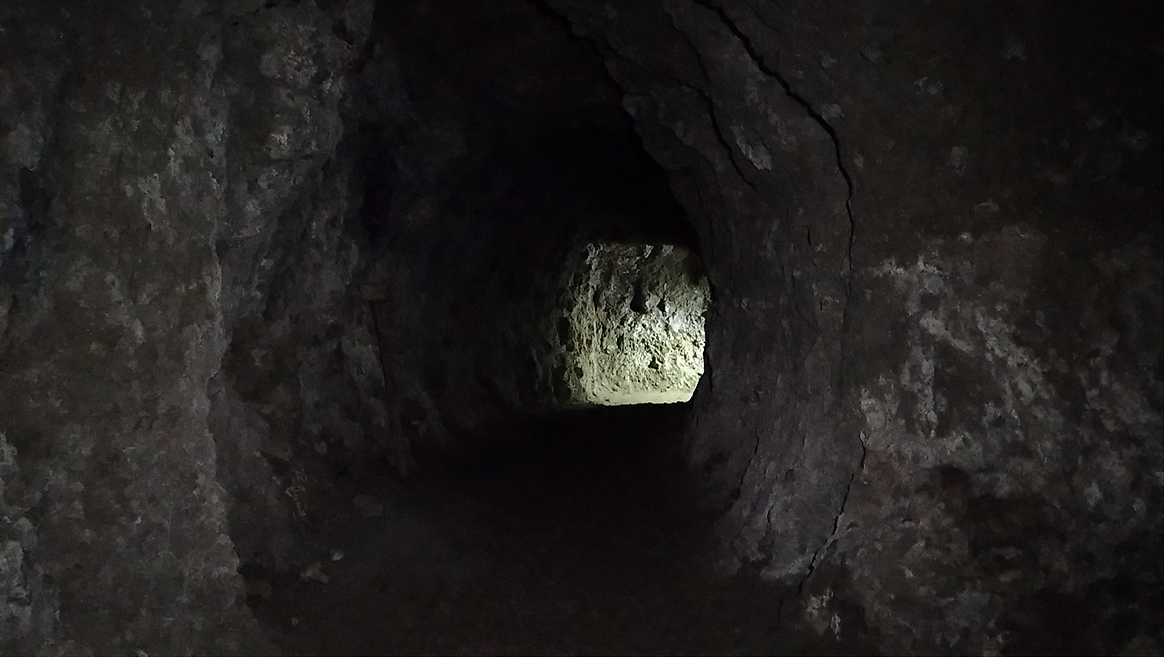
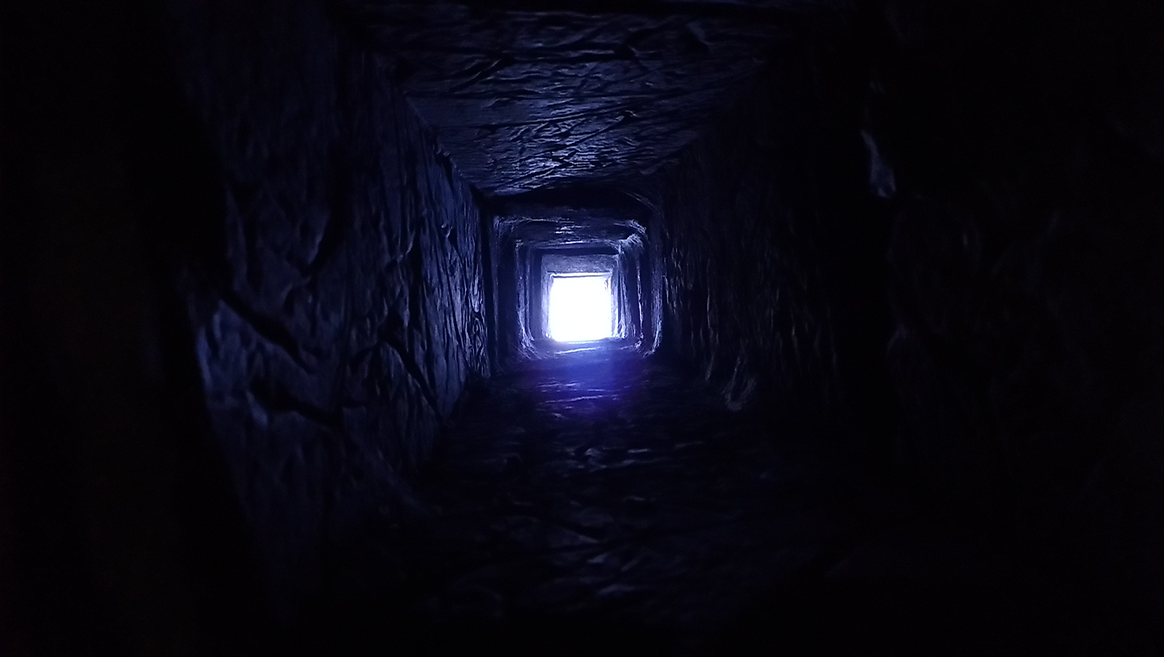
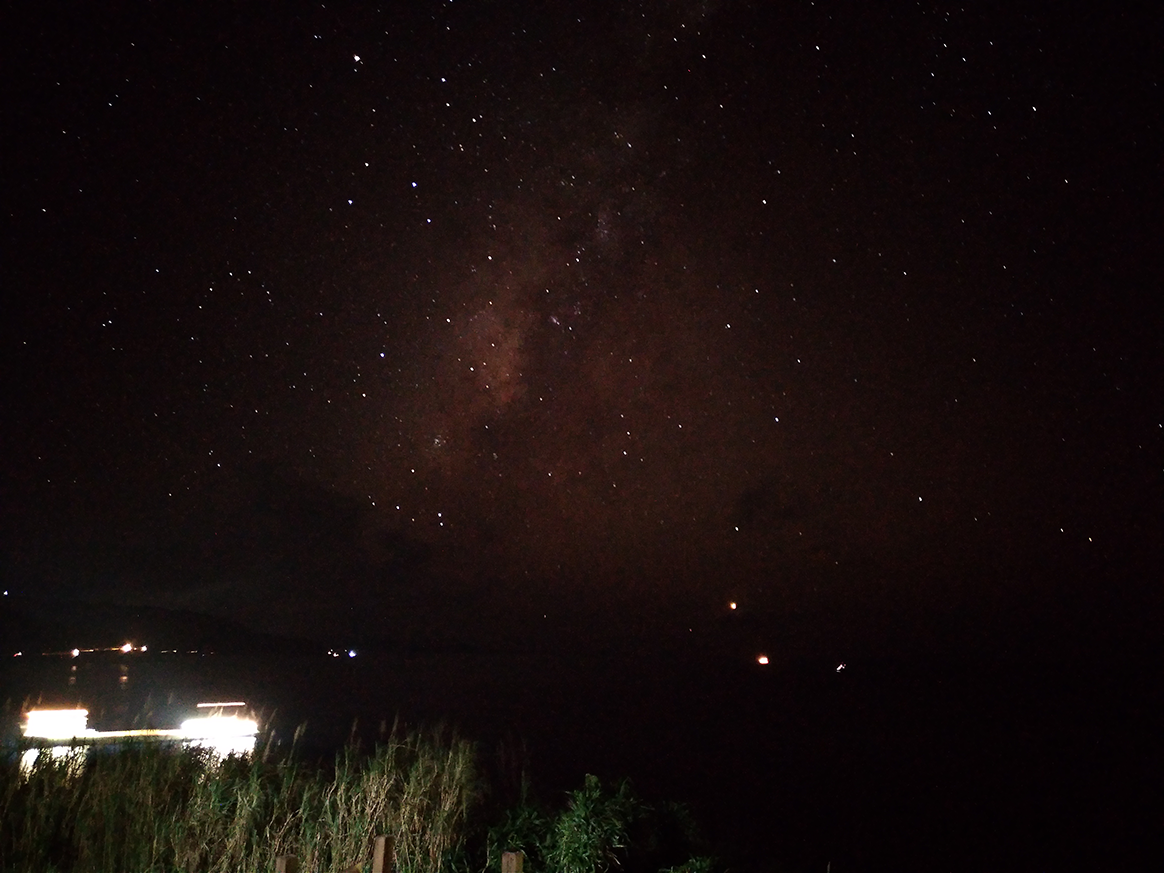


Meanwhile, the Asus ZenFone 3 Ultra will prove to be a great entertainment device, especially if you anticipate down times during your travel. It has a sizable 6.8 inch Full HD display for watching videos and playing games, with the panel’s Tru2Life+ 4K TV-grade processor, 200 percent contrast level, and 95 percent NTSC color coverage ensuring a visual treat. It also has the same shooting equipment and capabilities as the ZenFone 3 Deluxe, but with a tamer Qualcomm Snapdragon 652 processor.
Admittedly, the phones above are quite pricey, with all of them being tagged at over PHP 1 5,000. For those who can’t spend that much, Asus has the Zenfone 3 Max and ZenFone 3 Laser, both with their own special set of features. The ZenFone 3 Max is the more affordable of the two, but it still has enough under the hood to keep the average user happy. Its main selling point is its huge 4100 mAh battery, which by our experience, saw the Max lasting for more than a day, even while taking photos and videos every so often. On the other hand, the ZenFone 3 Laser struts a higher resolution display, more premium build, and faster innards for smoother performance across all workloads.
Those craving the creativity that only pen and paper can provide, but want something a lot more sophisticated can try out the Transformer 3 Pro. The device uses the Asus Pen stylus that’s responsive and accurate. Put in the right hands, it’s guaranteed to produce elaborate sketches. It’s also designed to work with various other accessories such as the Cover Keyboard, ROG XG Station 2 (a graphics card enclosure), Audio Pod, and the Universal Dock for a wider range of applications.
Lastly, Asus is offering the thin and light ZenBook in case you’re the kind of person who mixes work and play even when on vacation. It’s available in various hardware configurations so whether you’re a wandering writer or an on-the-go 4K video editor, there’s bound to be one that fits your needs and budget. I brought a 2.4 kg notebook during the trip, but due to how cumbersome it is, I wasn’t really able to use it that much. Not to mention it was a pain to carry around. A svelte workhorse would’ve been much more ideal.
